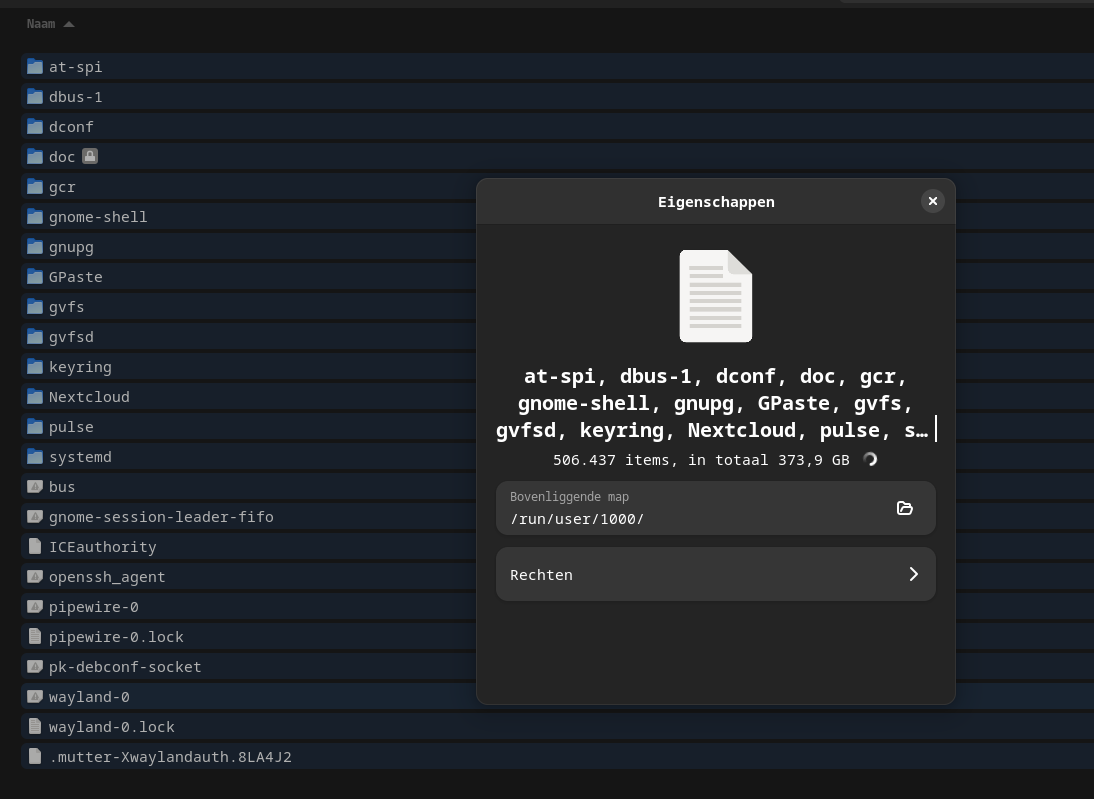this post was submitted on 02 Mar 2024
58 points (87.2% liked)
Linux
48090 readers
792 users here now
From Wikipedia, the free encyclopedia
Linux is a family of open source Unix-like operating systems based on the Linux kernel, an operating system kernel first released on September 17, 1991 by Linus Torvalds. Linux is typically packaged in a Linux distribution (or distro for short).
Distributions include the Linux kernel and supporting system software and libraries, many of which are provided by the GNU Project. Many Linux distributions use the word "Linux" in their name, but the Free Software Foundation uses the name GNU/Linux to emphasize the importance of GNU software, causing some controversy.
Rules
- Posts must be relevant to operating systems running the Linux kernel. GNU/Linux or otherwise.
- No misinformation
- No NSFW content
- No hate speech, bigotry, etc
Related Communities
Community icon by Alpár-Etele Méder, licensed under CC BY 3.0
founded 5 years ago
MODERATORS
you are viewing a single comment's thread
view the rest of the comments
view the rest of the comments

Something to realise when starting with Linux is that everything is a ‘file’. Sockets, processes, input, output etc. That’s very different from Windows and part of why scripting on Linux is so powerful. You can interact with anything.
So some directories are filled with things that aren’t necessarily files but look like it. Someone else posted a whole list, just realise that under those directories/paths shouldn’t be messed with unless you know what it’s for.
Generally when you’re getting used to Linux, /home/$user (aka ~) is where you put personal things. The rest is managed by OS and applications, don’t worry about it.
Edit: spelling
When I let fsearch index from root, it counted 1.9 million files, which baffled me a lot. Before knowing the things in this thread. A typical windows install can have 50k ~ 100k files, but .... 2 million I thought it was insane.
But in this context its something like if LibreOffice Calc had an API and upon start it registers a filesystem with a 'folder' for every worksheet and a 'file' named A1, A2, B1 .... for every cell. Not real I know but a novice way of understanding.
Something like that indeed.
Every active network connection, every process, every piece of hardware and others are in your file system.
Then there’s also the possibility for linking to a file and links take up no space, but can show up like files.
You can use a command like ‘stat’ to get more information about a file (or directory).